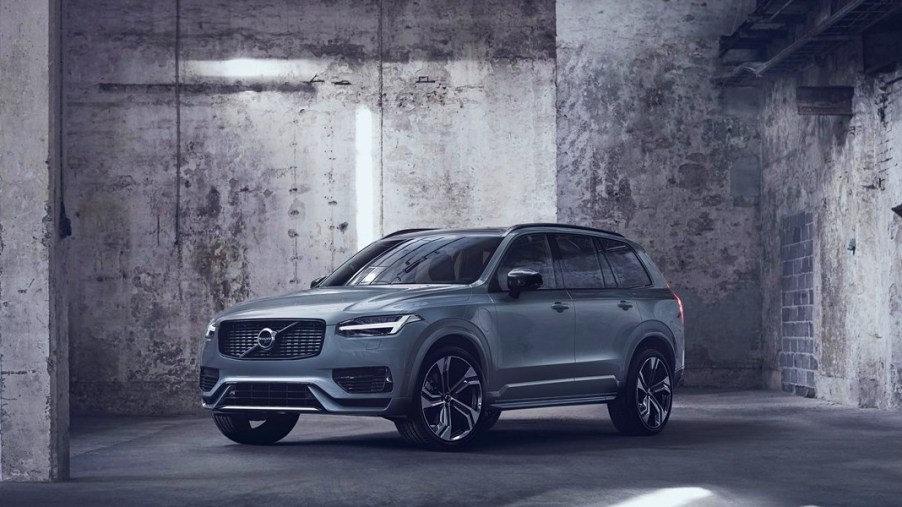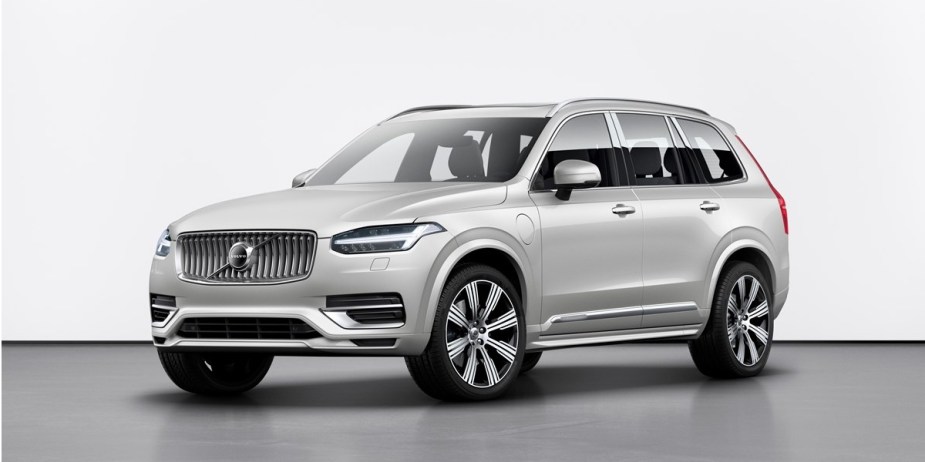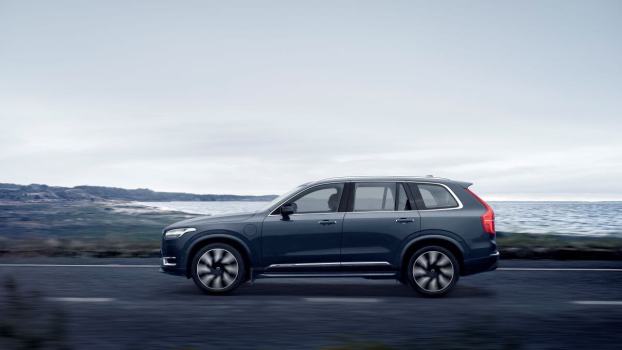
The Volvo XC90 Problems That Are Common and Inconvenient
The majority of Volvo SUVs are very safe and dependable vehicles. These luxury cars are known for getting excellent gas mileage, having luxurious interiors, and featuring an abundance of driver assistance technology. While they aren’t the fastest vehicles on the track, some Volvo models are exciting to drive. However, no vehicle is perfect, and Volvo XC90 problems do occur.
The most common Volvo XC90 problems

Compared to other luxury cars, Volvos have a relatively low number of reported problems. The model with the most reported issues is the XC90 SUV. While reviews for the XC90 are generally positive, it does have a reputation for loud engine noise in the cabin.
Overall, the 2016 Volvo XC90 received the highest number of complaints on Carcomplaints.com. This was the first year of the latest redesign of the car. Along with a new interior, the XC90 received a new generation of four-cylinder engines. Both the T5 and T6 are turbocharged, and there’s a twin-turbo combined with two electric motors in the hybrid version.
The new engines functioned normally, but some drivers had problems with the XC90’s auto-braking system. The automatic emergency brakes would engage by themselves as the vehicle was in motion, often at highway speeds. This problem usually occurs when the car has 12,000 miles on the odometer. However, one driver reported that the emergency brakes became an issue at just 900 miles.
Despite others experiencing the same issue, none have been able to find a permanent fix. A recall was issued for the automatic emergency brakes on certain Volvo vehicles. The XC90 was included. According to the recall, the problem was a missing software code that needed a computer update. Drivers experiencing this issue can have their vehicles serviced beginning in May.
Transmission failure in the Volvo XC90
While the 2005 Volvo XC90 is regarded as a good family SUV, it could also have some potentially hazardous problems. At around 101,000 miles, some drivers reported that the car’s transmission started to fail. Most reported hearing strange noises from the transmission before it would completely die.
Additionally, the failure occurred as some drivers were on the highway or trying to crest a steep hill. Most dealers recommended replacing the transmission, which costs an average of $3,500. One unlucky driver also had to replace the driveshaft, bringing the total repair cost to $8,000.
Premature tire wear on the XC90
The Volvo XC90 from 2003 has the most severe repair problems. The most troubling issue was the loss of power. A few drivers reported a loud clunking noise before all the car’s lights would go out, and the windows failed to work. Interestingly, the engine itself would still run.
This problem could be resolved by turning off the engine and restarting it. One user reported that it was fixed by updating the XC90’s computer. They experienced the issue once the vehicle reached the 155,000-mile mark.
Furthermore, the worst and most annoying problem reported by 2003 XC90 owners is premature tire wear. Uneven tire tread can lead to decreased gas mileage and a potentially dangerous incident like a blown tire. Drivers experienced two or more completely deflated tires at around 12,000 miles.
Finally, because the XC90 is a luxury SUV, its tires are more expensive to replace. The average cost for a set is $1,700. You might want to shop for a later model year to avoid problems like this.




